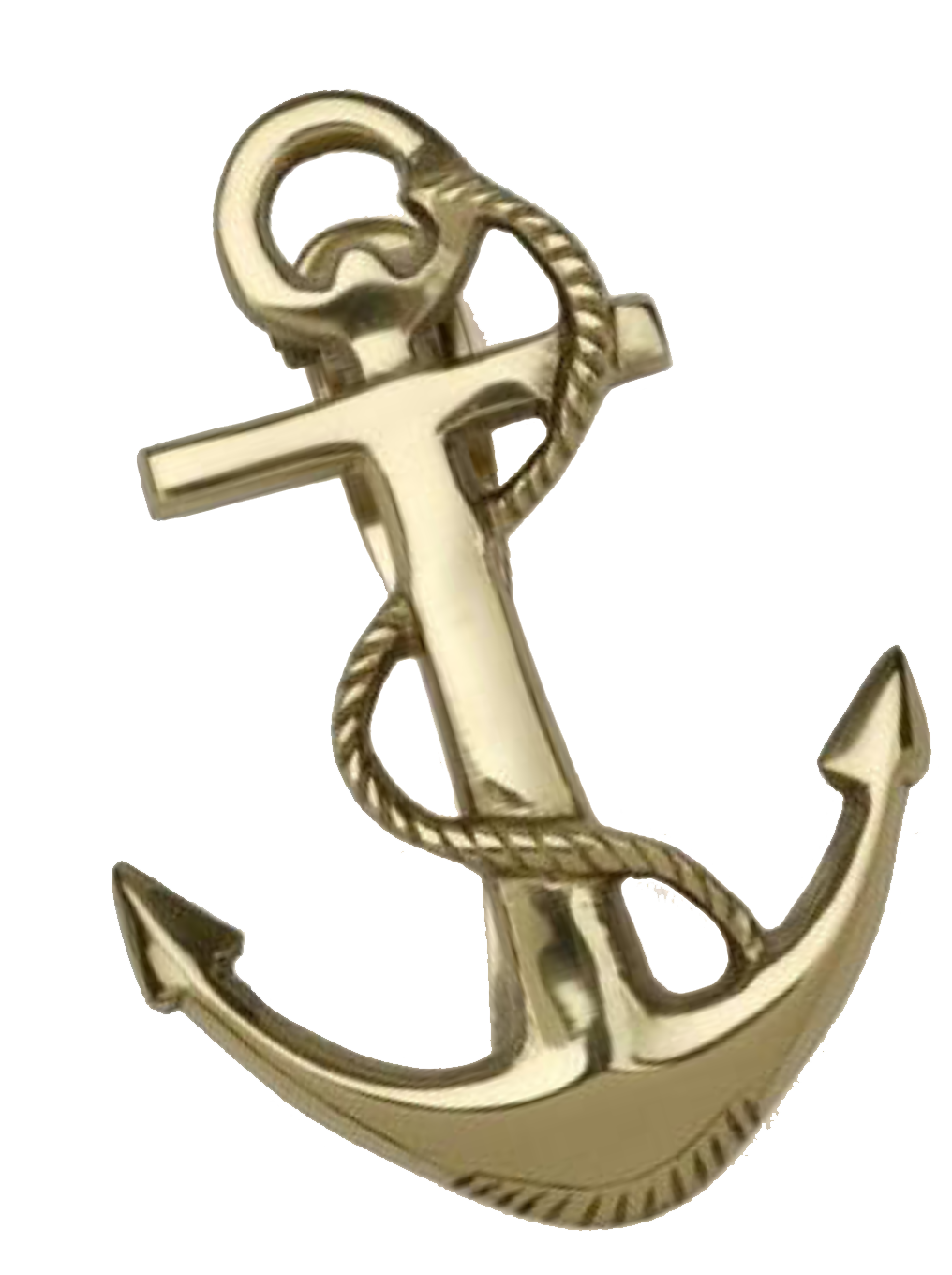A History of the Cruise Ship Industry
Cruising has come a long way from the industry’s beginnings as a way for steamship companies to supplement their earnings from hauling cargo and mail across the ocean.
In 2020, an estimated 29.2 million people are expected to take a cruise vacation, making the $126 billion industry one of the fastest growing in the leisure travel market.
Today’s ships are more luxurious than some land-based resorts, with spas, multiple bars, restaurants, lounges, and entertainment venues. Some even include onboard waterparks and ice-skating rinks.
While many vacationing passengers enjoy these megaships and the over-the-top resort amenities—rock climbing, anyone? — they present special challenges for the crews hired to maneuver and manage these vessels while keeping all aboard safe, and require special training.
Resolve Maritime Academy offers a five-day course on advanced ship handling that covers the complex procedures involved in maneuvering large, conventionally powered vessels. The course uses Resolve Maritime Academy’s full-mission bridge and mini-bridge simulators to teach proper procedures for situations such as docking and undocking, propulsion loss, maneuvering in high winds and currents, and avoiding collisions. In addition to instruction on handling for cruise ships, the course can be customized for container, bulker, offshore, and oil and gas vessels.
The World’s First Cruise Ship
While ships had long carried paying passengers in addition to cargo and crew, it wasn’t until 1844 that the Peninsular & Oriental Steam Navigation Co. started offering leisure-oriented trips to Gibraltar, Athens and Malta, sailing from Southampton, England. The brand still exists today as P&O Cruises, and claims to be the world’s oldest cruise line.
In 1900, the first vessel built expressly as a cruise ship, the Prinzessin Victoria Luise, was launched by German company the Hamburg-America Line.
The early days of the 20th century saw the rise of luxury ocean liners, built to quickly carry passengers and cargo across the Atlantic Ocean. These vessels were aimed at immigrants moving to America as well as Europeans and Americans looking for vacations. For middle- and upper-class passengers, they offered a variety of luxurious appointments such as private baths and in-cabin electricity.
World War I and World War II took a toll on the great ocean liners of the era, as most were converted into troopships and many were lost in battle or sold for scrap after the wars.
Post-war era
The industry rebuilt after World War II, offering luxurious cruises around the world to those who could afford them. However, by the late 1950s, the establishment of passenger jet service caused the traditional ocean liner industry to collapse—and cruise industry to be born.
Cruising, as many people would describe it today, dates back a little over 50 years to the mid-1960s. The companies which operated transatlantic ocean liners that long carried passengers and cargo between the U.S. and Europe found that they could no longer compete with the speed and relative affordability of modern jet travel. Travelers were no longer interested in a seven-day journey from New York to London when a jet could traverse the same distance in a matter of hours.
Many of the former ocean liners were repurposed into pleasure vessels that mostly sailed in warm-weather regions such as the Caribbean. Factors that had long differentiated the oceangoing vessels, such as speed and the ability to withstand rough waters, were less of a concern in the calm, tropical waters. However, the largest of the ocean liners were too big to sail in the shallower Caribbean waters and many were sold for scrap or became cargo vessels.
Unfortunately for the storied ocean liner companies such as Cunard and Holland America, cruising was not a widely popular vacation choice for the general public. Expensive with a stuffy image, many people chose other options.
TV to the rescue
What really brought the idea of a cruise vacation into the mainstream was a television sitcom of the 1970s and 80s called “The Love Boat.” Each week, the hourlong show took viewers on a trip across the ocean to popular cruise destinations such as the Puerto Vallarta, Mexico. Onboard, a rotating cast of guest stars acted as passengers, and viewers could experience the ship’s lounges, dining rooms, and other amenities along with Betty White, Lana Turner, Buddy Hackett, or whoever else was on that week’s episode. Interest in cruise vacations among the general public surged.
During this time, many cruise ships still dated from the era of ocean liners and were relatively small compared to the giant cruising vessels of today. The Pacific Princess, the 1971 cruise ship that was used for many of the TV show’s exterior shots, only had space for around 600 passengers. Today, a typical cruise ship can hold around 3,000 passengers, and the largest ships, such as the recently built Symphony of the Seas from Royal Caribbean International, has a maximum passenger capacity of 6,700+ room for another 2,000 crewmembers.
The 1980s and 90s saw cruising slough off its image as a vacation only for senior citizens and honeymooners, as cruise lines such as Carnival, Norwegian and Royal Caribbean built larger ships with far more amenities than just a pool and shuffleboard court. Multistory atriums, huge performance theaters, and fully equipped fitness centers became industry standards. The newest and largest ships have added attractions, such as zip-lines and pools with surfing simulators.

